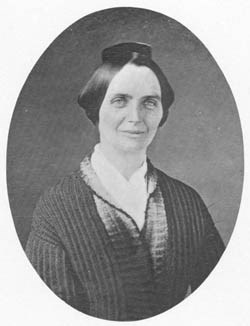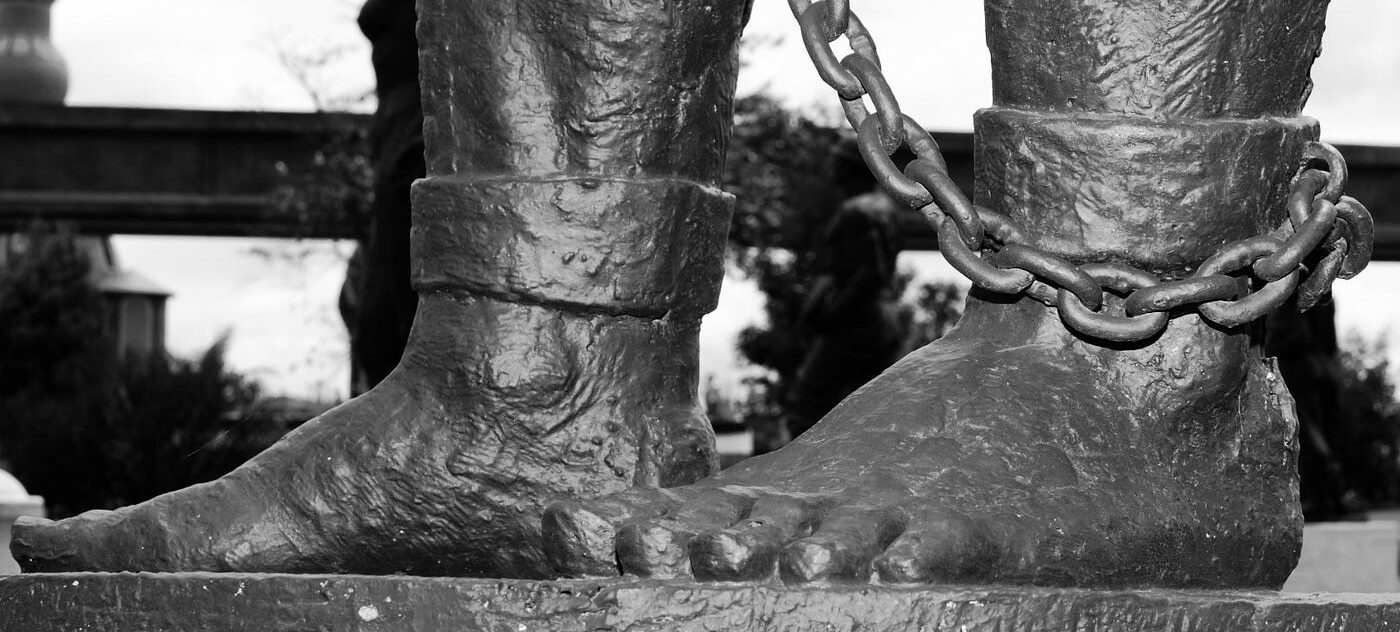My name is Abby Kelley Foster. While you may not hear my name come up with some other prominent figures like William Lloyd Garrison, Frederick Douglas, and Harriet Beecher Stowe, I have spent more than twenty years traveling the country as a crusader for social justice and equality. I served as secretary of the Female Anti-Slavery Society, and then was later named the first delegate to the Anti-Slavery Convention of American Women. In addition, I founded the Millbury Anti-Slavery Society and became the Chief fundraiser by lecturing for the American Anti-Slavery Society, which I later developed into a general agent for. On top of this, I was among the organizers that founded the New England Woman Suffrage Association, which was the first regional association advocating women suffrage.
I followed the motto, "Go where least wanted, for there you are most needed." I was born in 1811 and grew up in Massachusetts, raised by a family full of Quakers. I grew up on a family farm and began my education in a single-room schoolhouse; I was brought up in a time where women were demanded to be silent, submissive, and obedient. Just like many others at the time, I supported the plan of the American Colonization Society, which basically supported the move of African Americans to Africa.
But, after school, I moved from Worcester to Lynn, still in Massachusetts, and began teaching, which is where I heard a lecture by William Lloyd Garrison; his words changed my mind and transformed my platform and focus to the abolition of slavery. The Liberator was the paper that influenced me to join the Female Anti-Slavery Society, where I was soon promoted to secretary. Just shortly after I was named a delegate to the first Anti-Slavery Convention of American Women.
About a year later, I went on to make my first public speech against slavery. With great response from this, I quit my role as a teacher and went on to create the Millbury Anti-Slavery Society. I also began larger lectures for the American Anti-Slavery Society, and presented one of my most famous speeches, "Bloody feet, sisters, have worn smooth the path by which you come hither," which ultimately challenged women to demand the responsibilities as well as privileges of equality.

Explicitly mentioned in my book,
Ahead of Her Time: Abby Kelley and the Politics of Antislavery, I didn't just use my time and words to speak out upon slavery, but I did so in a way that all women could be represented. By speaking, I found it was my duty to defend us women, sending a message that it isn't just men who have their thoughts about slavery, but it is every individual in this country.
As Chief Fundraiser for the American Anti-Slavery Society, I worked for the ratification of both the 14th and 15th Amendments. After slavery had been fully abolished, I didn't quite stop just yet. I switched my focus from abolition of slavery to women's rights. Just like I had previously done before, I held meetings and lectures, calling for any 'severe langue' in any resolutions that were adopted. I was yet again among the organizers who founded the New England Woman Suffrage Association, which was the first regional association advocating for woman suffrage. This association helped lay down the groundwork for the 19th Amendment; the amendment that finally gave women the right to vote.
I advocate for "come-outerism," the belief that abolitionists must leave churches that did not fully condemn slavery. I am not afraid to speak my mind to address the issues that the country has continued to face. I disowned, yes, I cut off the Society of Friends because the New England Meeting violated its own principles on the question of slavery. My attitude towards slavery has not changed since the day I heard my first lecture, read my first newspaper, and I will continue to fight and stand up for all women, all individuals, despite their race.
















